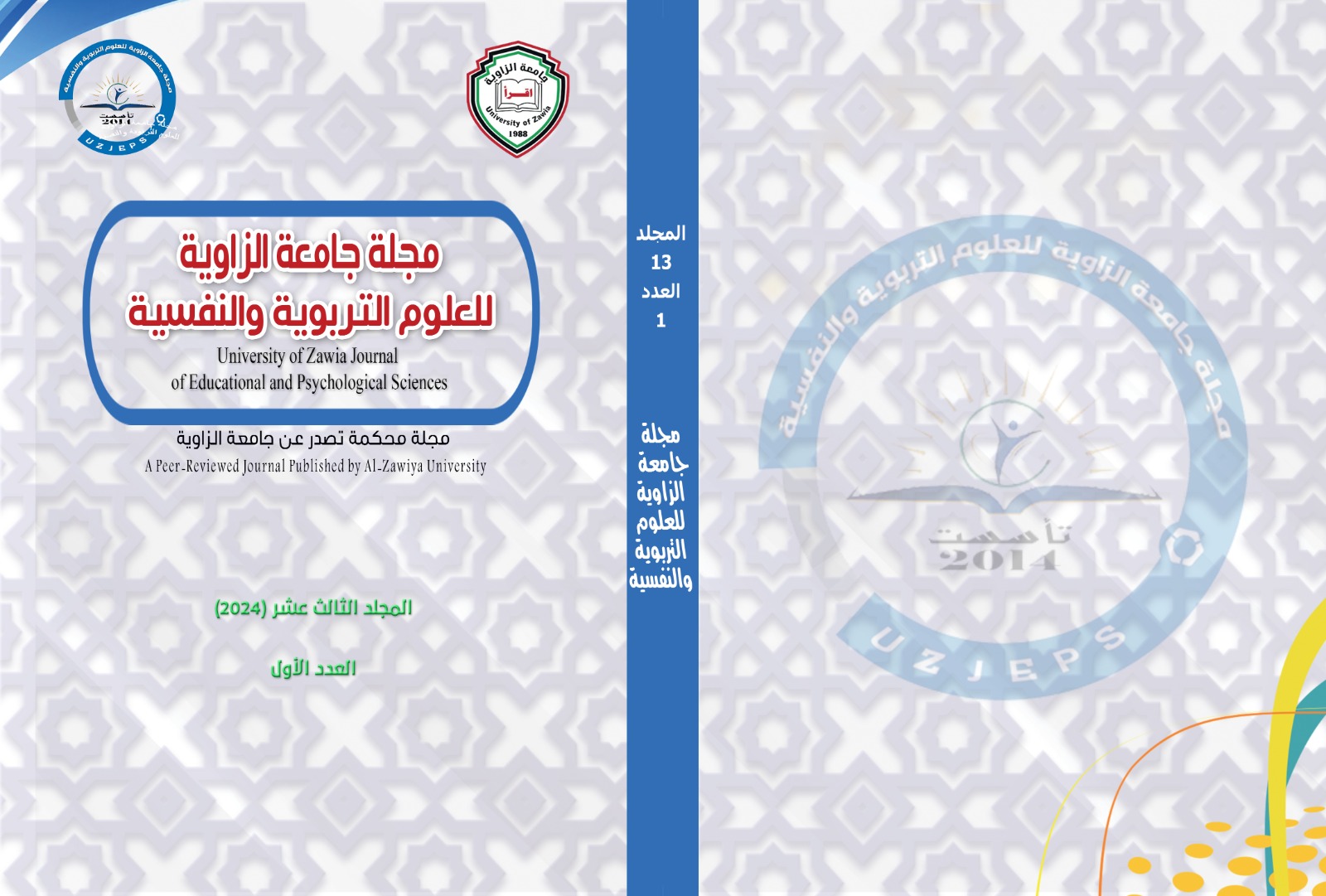دراسة الفرق بين استخدام نموذج الشبكة العصبية التلافيفية الضحلة في حالة بايثون وماتلاب للتعرف على الوجوه
Main Article Content
Abstract
Convolutional neural networks have become strong tools for different computer vision tasks like image classification, object detection, and image segmentation. We carried out a practical study in Matlab and Python to assess the dependability of a shallow model under diverse conditions while considering different dataset sizes and facial recognition challenges. The model was tested and evaluated using the VGG Face model which showed similar performance on all datasets. We utilise the deep learning toolbox in the MATLAB implementation, which offers a user-friendly setting for creating, training, and assessing CNN models. The experiments show how pre-processing, data augmentation and transfer learning techniques can be smoothly incorporated to improve CNN's performance in image classification tasks. We investigate widely used pre-trained models from libraries such as TensorFlow and Torch Vision to model training and enhance classification accuracy. The comparative analysis is implemented based on the capability of use and flexibility of the implementations. In addition, we assess how the CNN models perform on standard datasets, pointing out similarities and discrepancies in training time, accuracy, and resource consumption. This paper introduces good knowledge on researchers, students, and practitioners guidance on the practical aspects of implementing CNNs in MATLAB and Python, assisting in selecting the ideal platform for their requirements in the fields of deep learning and computer vision

